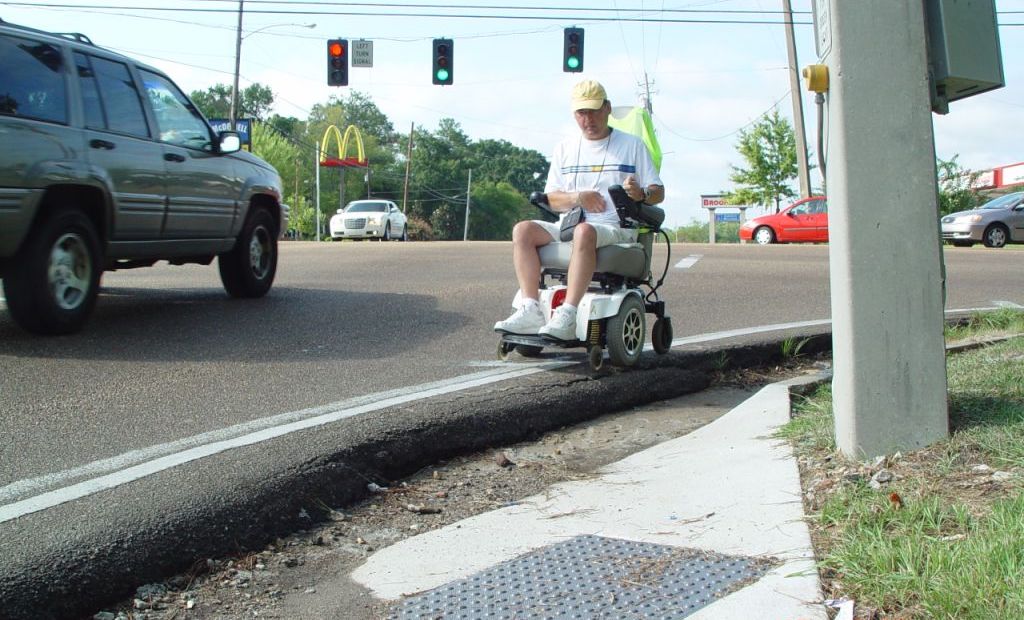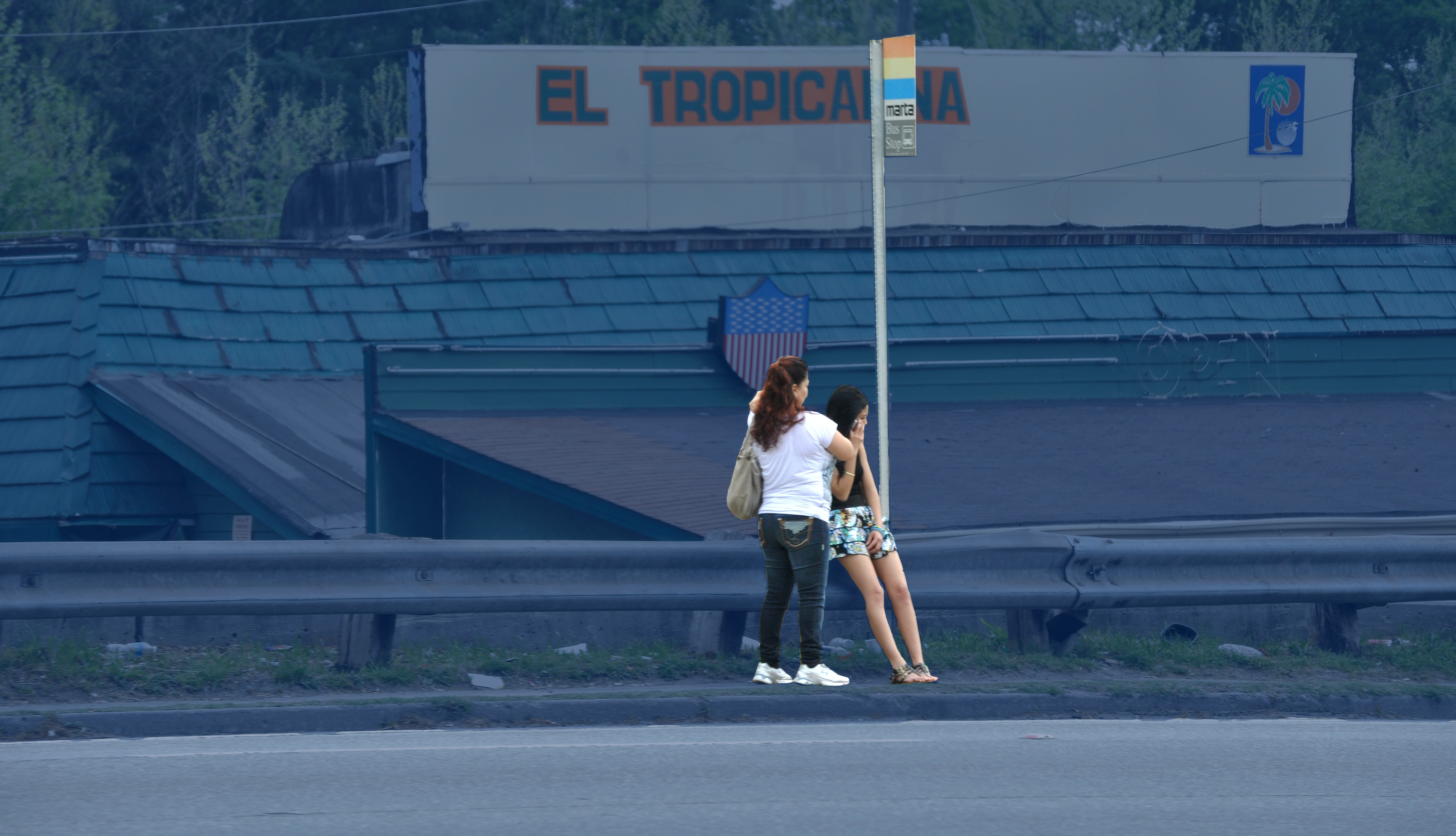
Every day, in communities across the country, people are killed while walking to school, to work or to the store. From 2003 to 2012, more than 47,000 people were killed while walking – sixteen times the number of people who died in natural disasters, but without the corresponding level of urgency. But these deaths can be prevented and it is past time for our state and federal leaders to act.
Dangerous by Design 2014, a new report released today by the National Complete Streets Coalition, a program of Smart Growth America, takes a look at where these fatalities happen and who’s most at risk, presenting data from every county, metro area, and state. The report also ranks the major metropolitan areas according to the Pedestrian Danger Index (PDI), which assesses the safety of walking by normalizing fatality rates by how often people walk to work, and by the share of traffic fatalities suffered by people on foot.
As in past years, Sunbelt communities that grew in the post-war period top the list of most dangerous regions according to the PDI: Orlando, Tampa-St. Petersburg, Jacksonville, Miami, Memphis, Birmingham, Houston, Atlanta and Charlotte. These areas developed rapidly, with many low-density neighborhoods overly dependent on extra wide, fast arterial roads to connect homes, schools, jobs and shops. Such roads rarely feature the facilities needed for safe travel by foot.
The report also calls out the unacceptably high number of pedestrian deaths seen in nearly every major metro region. The fact is that even our most walk-friendly communities can—and must—do more.





